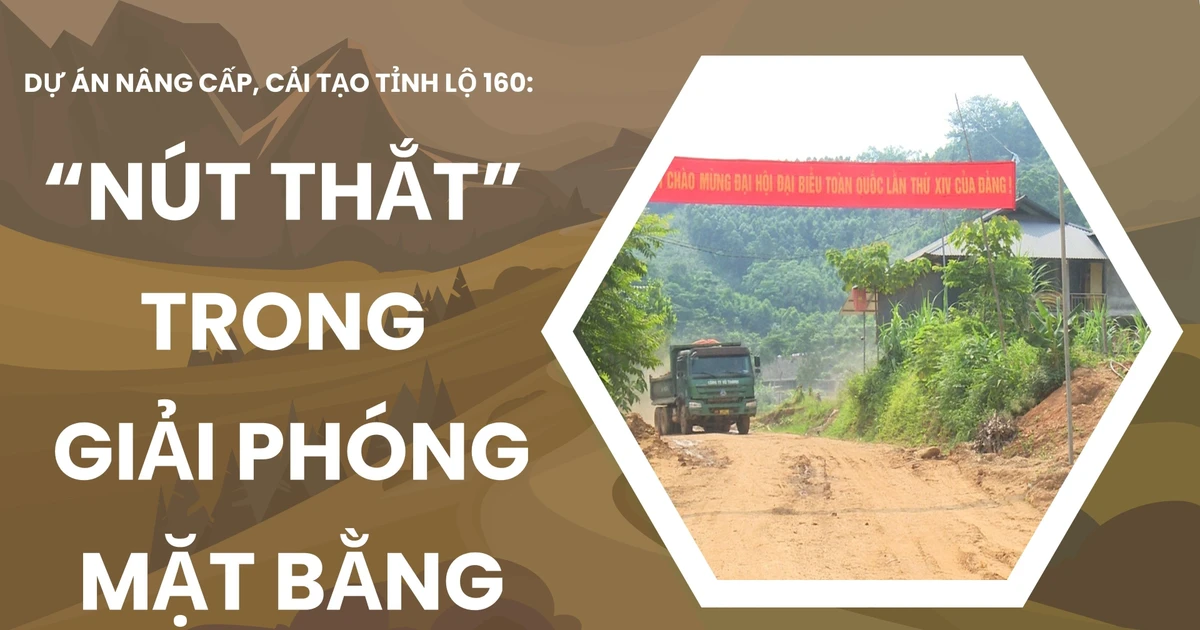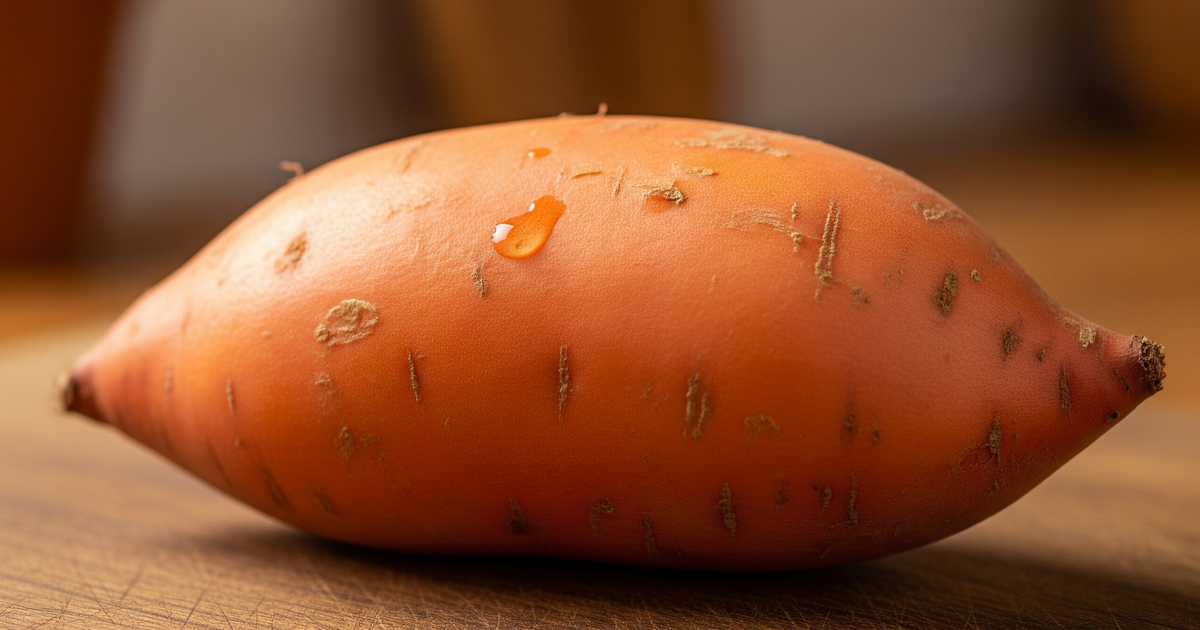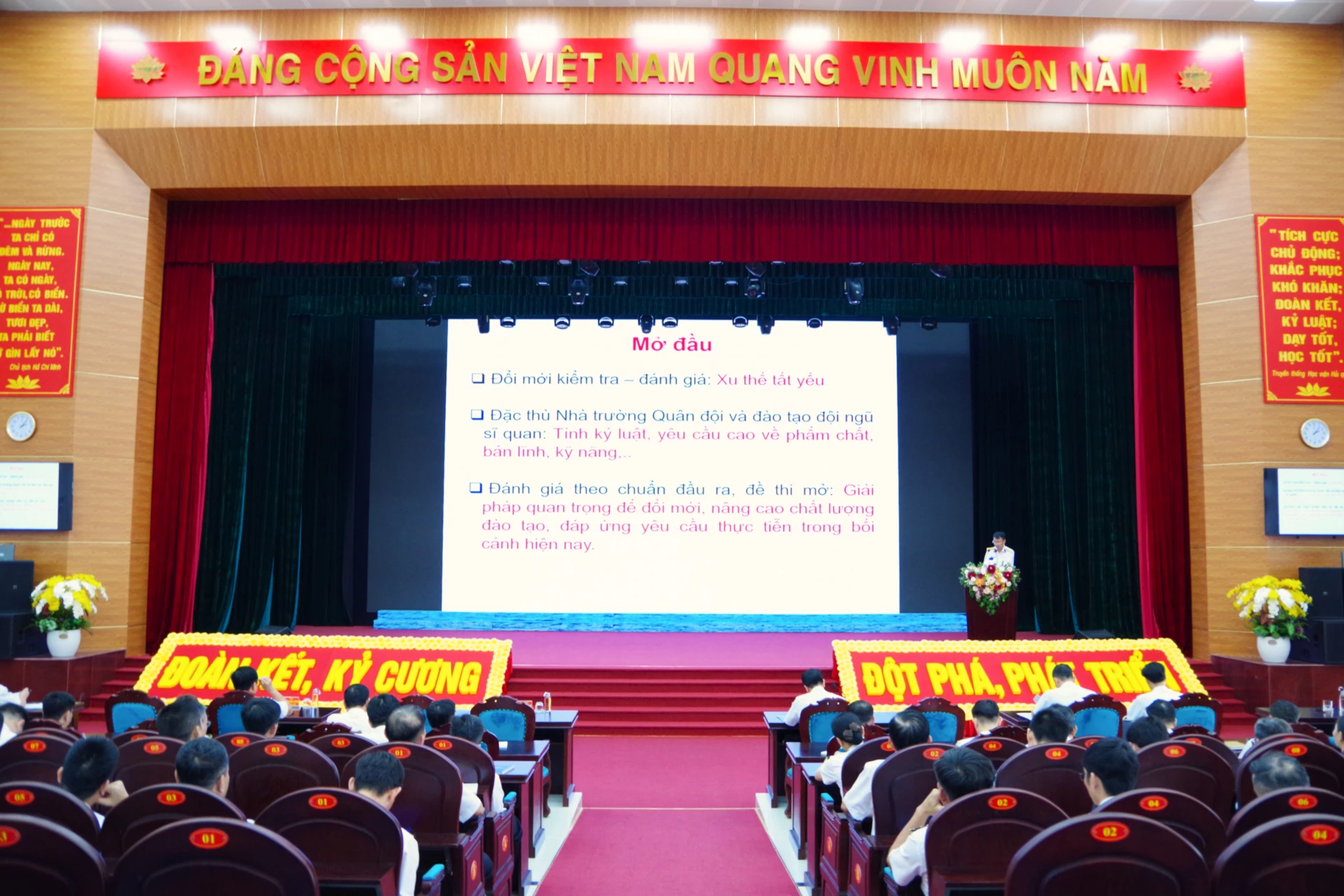You can't say you've been to Tokyo without seeing bananas. These cute little, individually wrapped, pale yellow boxes are decorated with images of the capital's most famous tourist attractions, and sometimes, the most recognisable Japanese anime characters.
Every year, hundreds of thousands of yellow-ribbon-wrapped Tokyo bananas are sold throughout the Japanese capital's transportation hubs and tourist areas, and are considered the city's official snack.
But what does Tokyo Banana really have to do with Tokyo, a city that doesn't grow bananas?

Tokyo Banana kiosk at Tokyo Tower, one of the city's most popular attractions
PHOTO: CNN
Unlike many other Japanese dishes, which are made from local ingredients from different regions and are tied to thousands of years of production traditions (like udon noodles, green tea, and yuzu candy), Tokyo Banana was born from capitalism, with completely imported ingredients.
In the 20th century, as Tokyo grew into one of the world’s largest cities and opened its doors to visitors from all over Japan, it still had few traditions of its own. There were no notable food or drink products that were uniquely Tokyo, nor centuries of carefully preserved history to behold.
Compare that to Kyoto, Japan's capital from the 8th to the 19th centuries: a restaurant has been making soba noodles from locally grown buckwheat since 1702. Japan is also home to the world's oldest hotel, a hot spring resort that opened in 705.
Japanese snack maker Grapestone saw a gap there and decided to create a Tokyo-centric product to market as a local specialty.
"Tokyo is a gathering place for many people from all over Japan, and this place becomes their home," a representative of Grapestone shared with CNN.

Famous banana cake box
PHOTO: CNN
"We decided to create a Tokyo souvenir with a theme that all Japanese people feel familiar and nostalgic about. Bananas are the taste of high-end products or imported goods for older people. For younger people, it is the taste of pleasant memories of bringing bananas on field trips," the representative added.
The result is banana-shaped treats that are soft and spongy on the outside and creamy banana filling on the inside.
Tokyo Banana is a perfect example of omiyage, a Japanese tradition where travelers bring back gifts for friends, family, and coworkers - often edible items.
Like many other Japanese customs, choosing and buying the perfect omiyage has its own nuances.
They are not simply souvenirs. Unlike in the West, where returning visitors might bring a magnet or T-shirt for a loved one, omiyage are almost always something to eat or drink and must be consumed immediately after being given by the recipient.
Following that logic, gifts are often food products that come from only one region, or are famous for being a specialty of that region — for example, salt from the sunny island of Okinawa, traditional matcha from Kyoto, and apple pies from Aomori Prefecture in northern Japan.

Iconic Banana Bread
PHOTO: CNN
While omiyage may be a Japanese tradition, Tokyo Banana's biggest market is foreign tourists, not locals, a move the company says was intentional. Grapestone told CNN that the company was invited to open a retail store at Haneda Airport in the 1990s, which prompted them to create Tokyo Banana in the first place.
With its Tokyo branding and product name clearly written in English, Tokyo Banana quickly became associated with the city of the same name.
Jeff Lui, a Canadian living in Japan, said Tokyo Banana was cleverly marketed to international tourists. "You almost have to buy this souvenir for your friends back home. It's like saying, 'Hey, I was thinking of you while I was there, and this is something I know you'll enjoy.'"
Source: https://thanhnien.vn/khong-trong-cay-nao-nhung-vi-sao-chuoi-la-dac-san-bieu-tuong-cua-tokyo-185250811145436483.htm

























![[Photo] An Phu intersection project connecting Ho Chi Minh City-Long Thanh-Dau Giay expressway behind schedule](https://vstatic.vietnam.vn/vietnam/resource/IMAGE/2025/8/21/1ad80e9dd8944150bb72e6c49ecc7e08)





































![[Photo] Politburo works with the Standing Committee of Hanoi Party Committee and Ho Chi Minh City Party Committee](https://vstatic.vietnam.vn/vietnam/resource/IMAGE/2025/8/21/4f3460337a6045e7847d50d38704355d)

































Comment (0)